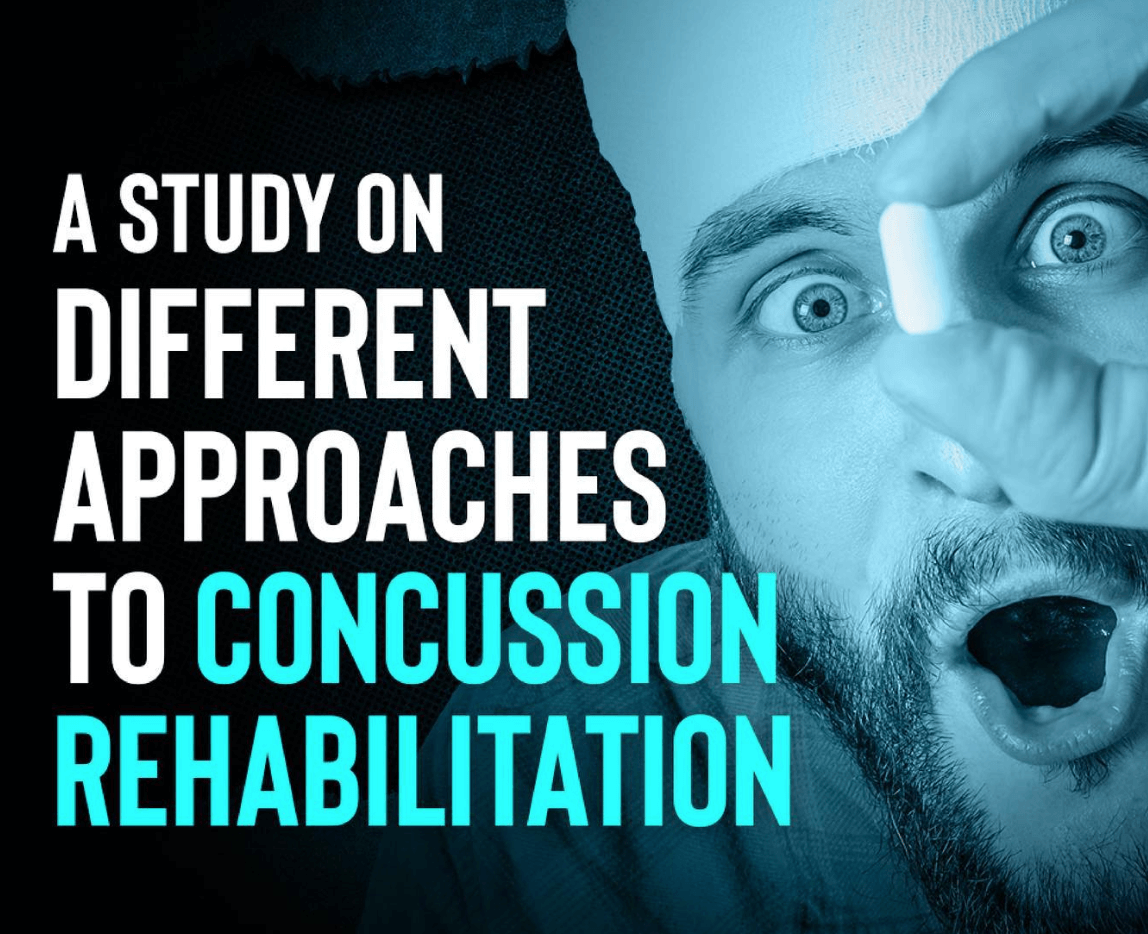A Canadian researcher from the University of Calgary set out to describe the treatment techniques and interventions following concussion. The majority of individuals recover in 24-48 hours period following a concussion; However, in 20–30% of cases, symptoms persist beyond 4 weeks following injury.
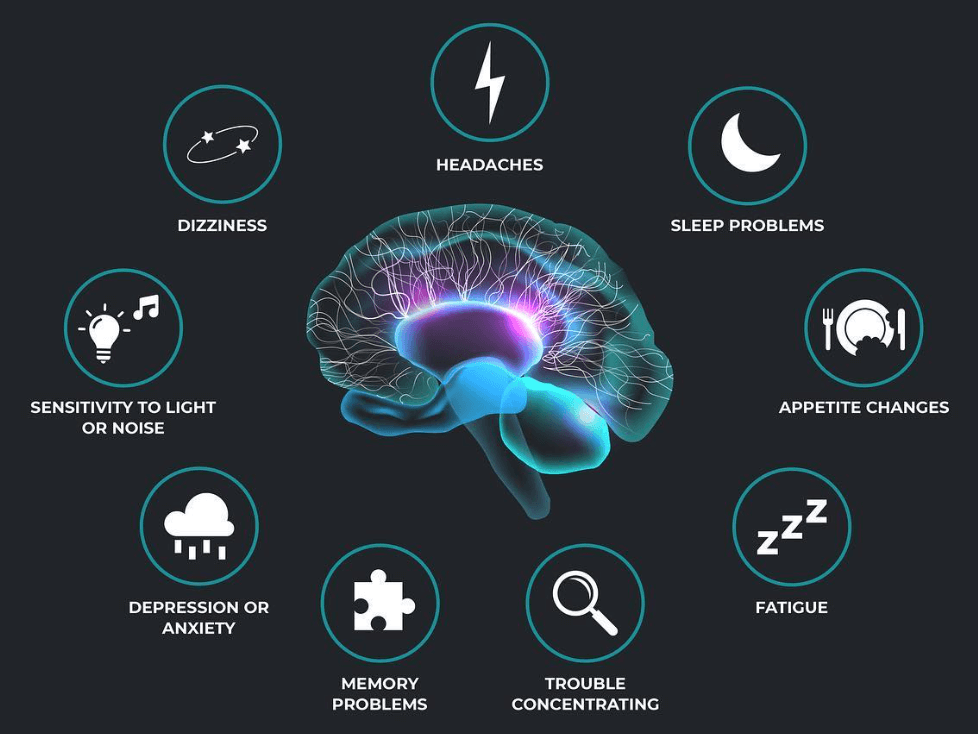
TYPICAL TREATMENT AND RECOVERY PATH
Typical treatment following a concussion is a period of both cognitive and physical rest for 24–48 hours.
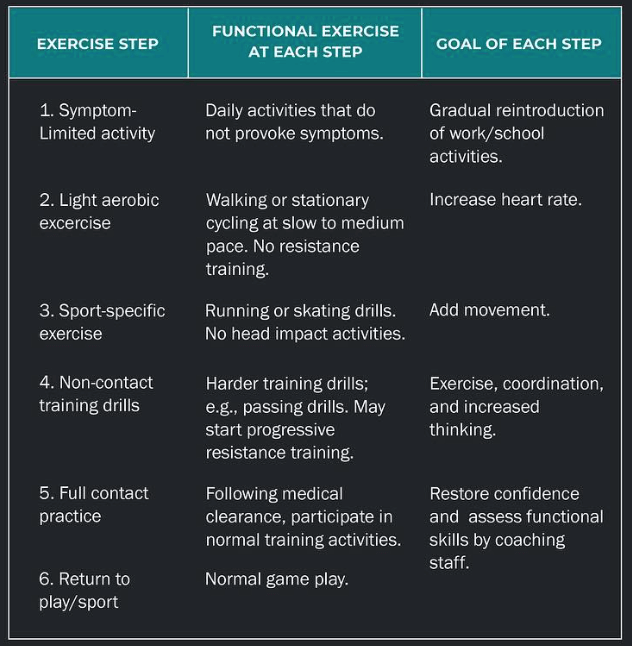
The return to sport strategy includes six steps that begin following the initial 24–48 hours of rest.
The return to sport strategy takes a minimum of one week to complete. If symptoms recur while progressing through the protocol, the individual moves back to the previous step for an additional 24 hours.
If symptoms persist, the individual should cease activity and follow-up with their health care professional for further evaluation.
MANAGEMENT OF POST-TRAUMATIC HEADACHE
Management of post-traumatic headache (PTH) is often directed by the headache type. Unfortunately, studies evaluating the effects of treatment in PTH following a concussion are limited.
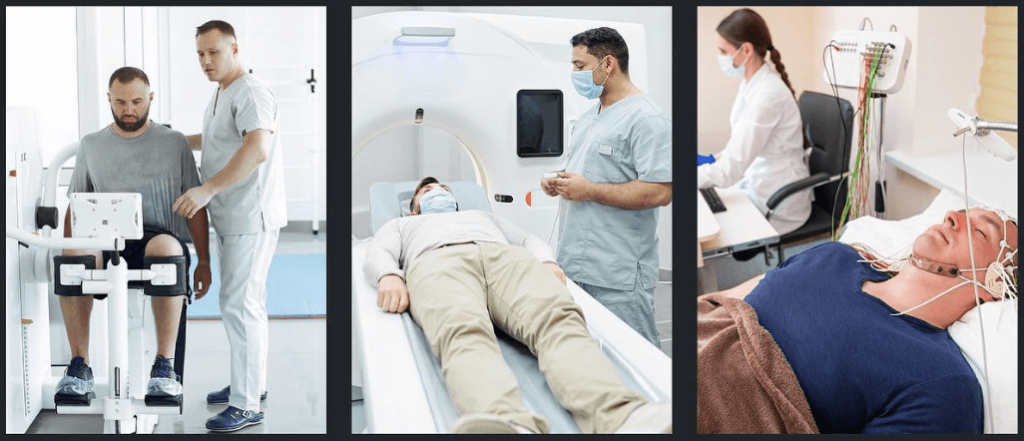
It is generally accepted that a multifaceted approach to headache management (including behaviour therapies, physical therapy, education on sleep hygiene and management of stress) is appropriate to ensure contributing factors to headaches are addressed.
EVIDENCE FOR PHYSIOTHERAPY TREATMENT FOLLOWING CONCUSSION
Research evidence is emerging of positive outcomes with physiotherapy management of the cervical spine and vestibular/balance systems following concussion. Case studies have demonstrated that individuals who have sustained head trauma achieved good symptomatic and functional improvements with cervical and vestibular rehabilitation.
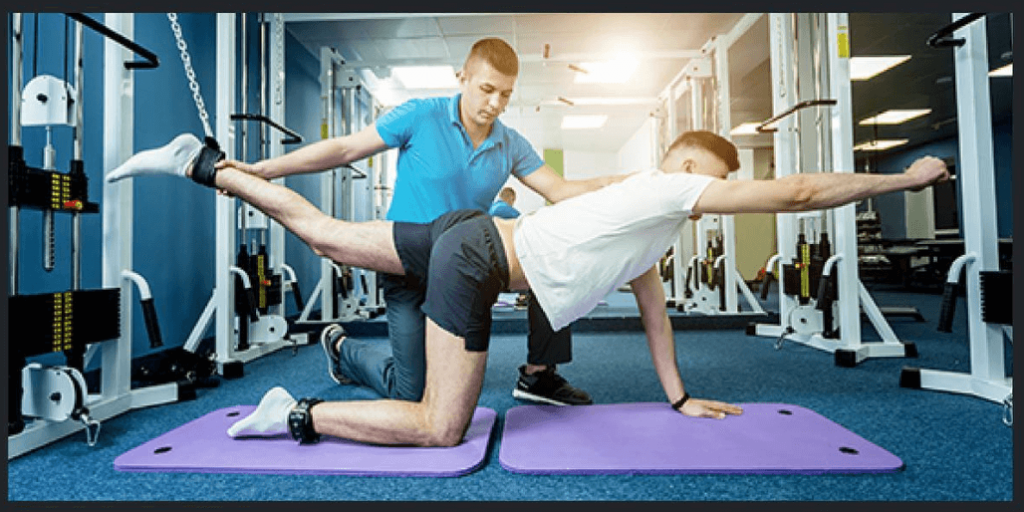
Patients who received an individualised multimodal cervical and vestibular/balance physiotherapy were 4 times more likely to be medically cleared to return to sport by eight weeks than those treated with the control intervention.
CERVICAL SPINE REHABILITATION
Evidence suggests that a combination of manual therapy (either mobilisation or manipulation) and exercise is more effective than passive modalities.
Specific neck muscle retraining has been found to be more effective than general exercise for individuals with neck pain, whiplash-associated disorders, cervicogenic headache and dizziness.

A study case series of 21 patients who suffered a concussion and had cervical spine findings on evaluation reported improvements in function and pain following cervical spine physiotherapy treatment.
VESTIBULAR/BALANCE REHABILITATION
Adaptation exercises are used to train the vestibulo-ocular reflex and are among the most commonly prescribed exercises following concussion. The individual focuses on a target and moves the head side to side over a small distance. The exercises are often termed gaze stabilisation exercises.
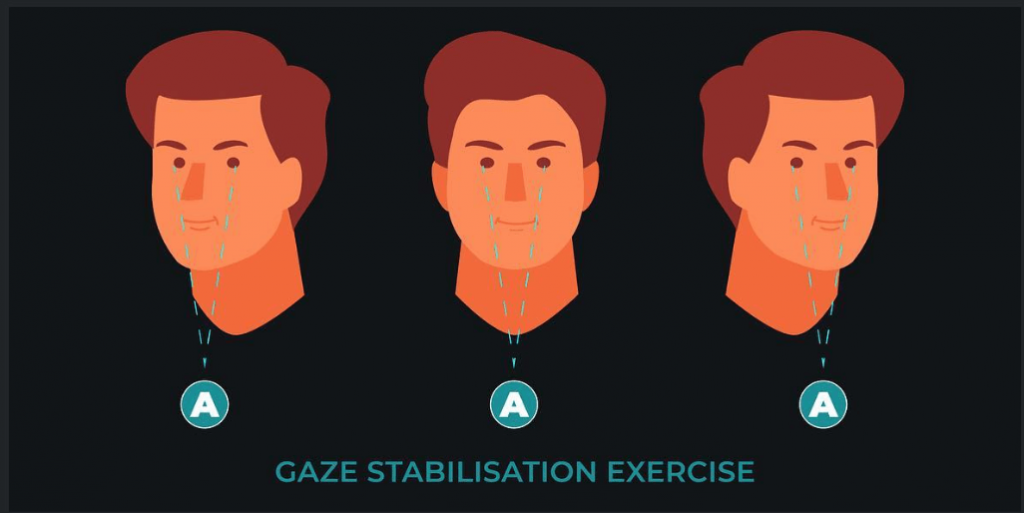
Dynamic balance exercises vary depending on the functional level of the individual as well as the activities to which the individual will be returning. It is important to consider both functional demands and balance systems with motion.
LOW-LEVEL AEROBIC EXERCISE
There is some evidence indicating that low-level aerobic exercise may be of benefit and facilitate recovery following a concussion in youth and adults with persistent symptoms. Many studies evaluating exercise as an intervention following concussion have demonstrated primarily positive results.

In adolescents and adults, a protocol of training at 80% of their maximum heart rate 5–6 times per week when concussion symptoms no longer increase has been found to be safe and facilitated recovery.
ADDITIONAL TREATMENT CONSIDERATIONS
Postural education is an important component of treatment when it is an exacerbating factor in patients with neck pain. Postural correction facilitates the cervical postural muscles, so becomes an element of neuromuscular training.
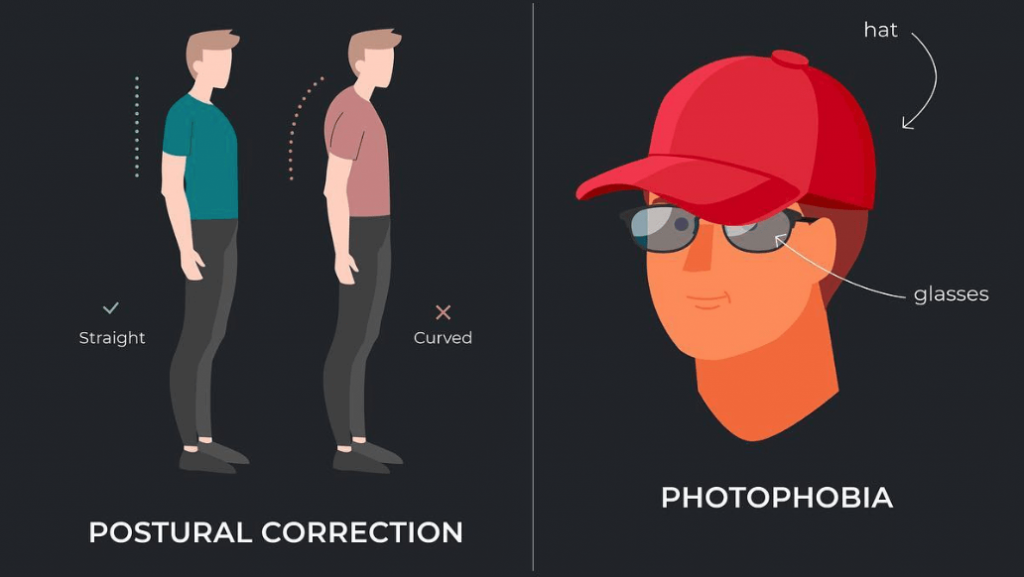
After a concussion, some individuals have sensitivity to visual stimulus. In the case of photophobia, wearing a hat or sunglasses may alleviate these symptoms and improve quality of life.
SUMMARY
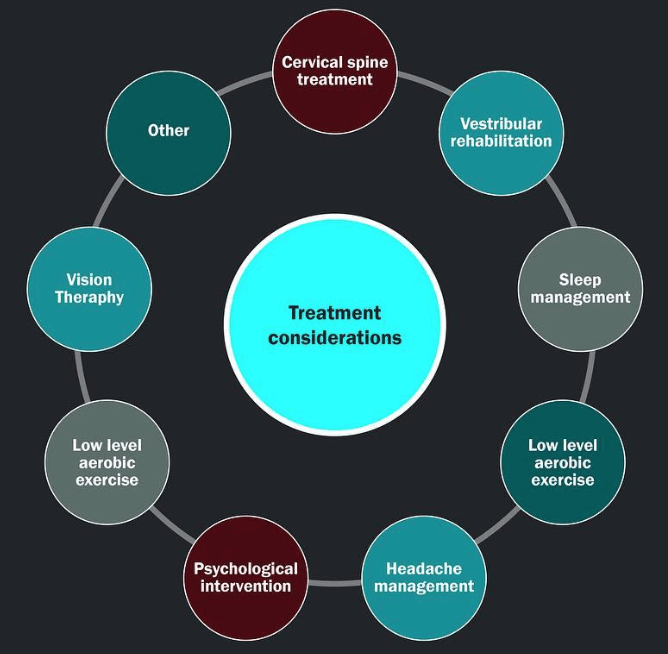
One type of treatment is unlikely to be suitable for all. Instead, many different treatments may be appropriate for each subtype of ongoing alterations in function.
Future research is needed to understand better the optimal care delivery pattern, including timing, combinations of therapies and duration of treatment.
This figure outlines various treatments that may be appropriate in the rehabilitation of persons with persisting symptoms post-concussion.
P.S You can buy any 3 items from our new range for £50 (saving you £25), We ship globally too.
Use code “3for50” to apply the discount.

